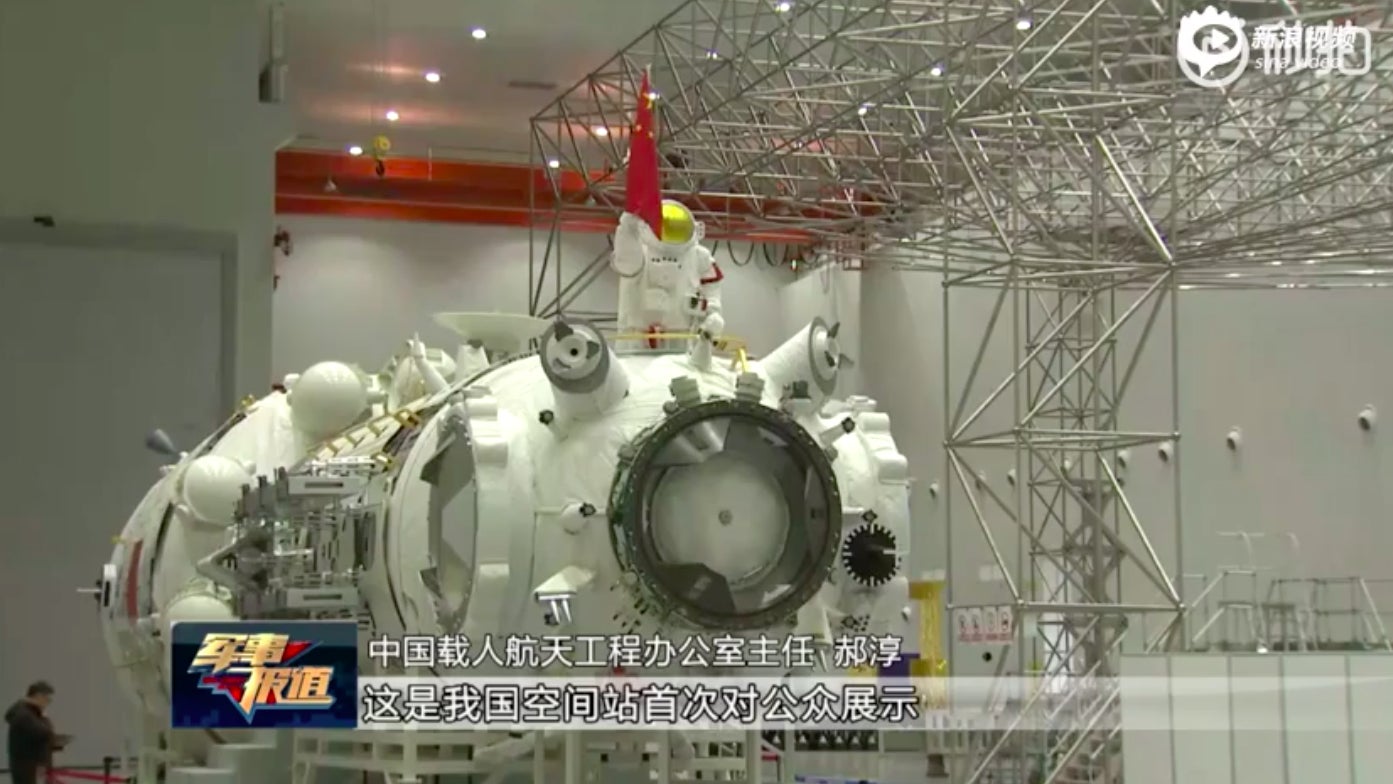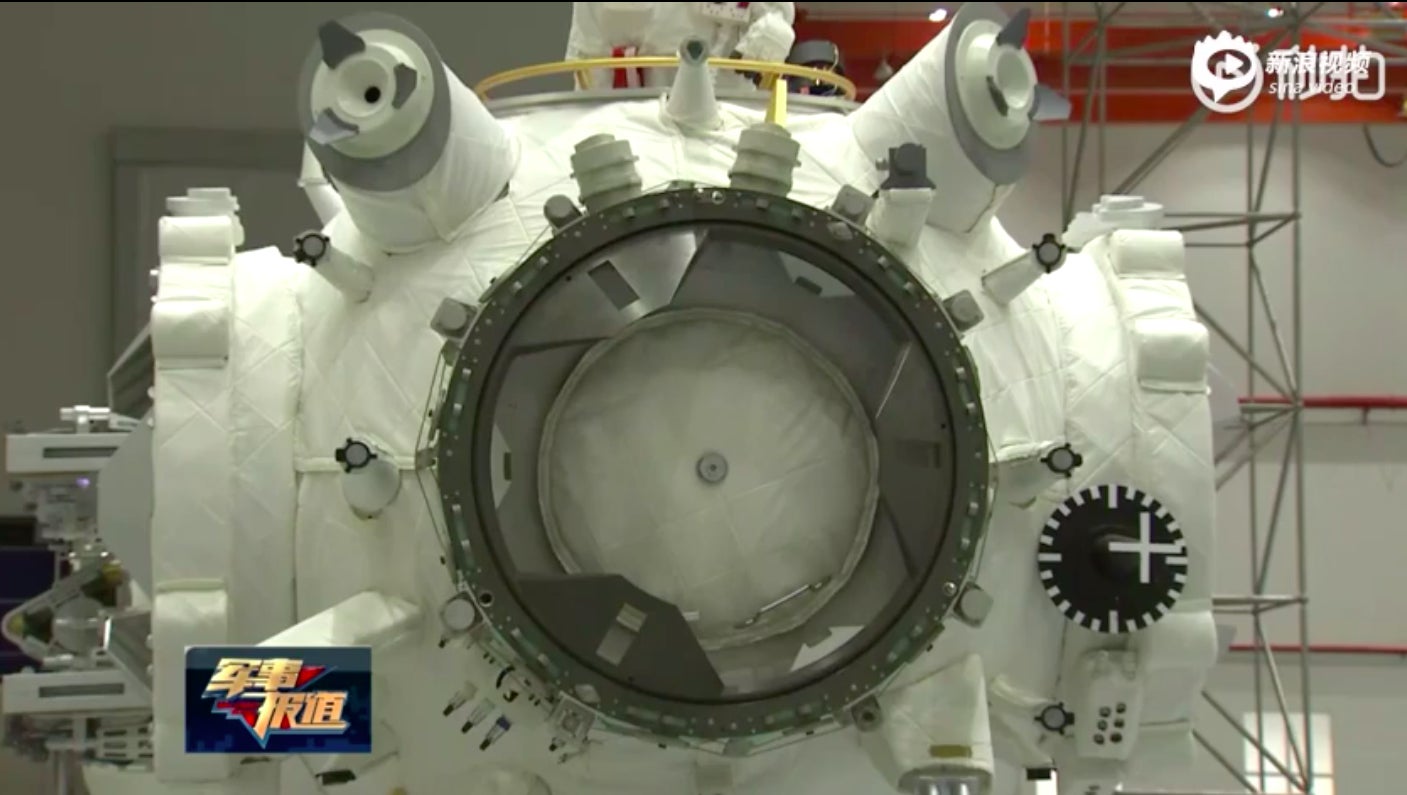China’s unveiling an up-close look at the design of its future space station
Seven years ago, China was shut out of using the International Space Station by the US over national security concerns, driving China to aspire to a space station of its own. Now the country is getting ready to show the world what it has built for the first time.


Seven years ago, China was shut out of using the International Space Station by the US over national security concerns, driving China to aspire to a space station of its own. Now the country is getting ready to show the world what it has built for the first time.
China’s Manned Space Agency announced it will put a life-size model of the future space station’s core module on display at China’s biggest aviation and aerospace trade show, which kicks off in the southern Chinese city of Zhuhai next week. It will be the first time (link in Chinese) people in China will get an up-close sense of the station’s design for themselves, according to the agency, which oversees the country’s manned spaceflights.

China completed the core module, Tianhe-1, or “harmony of the heavens,“ in the first half of 2017, according to Bao Weimin, head of the science and technology committee at China Aerospace Science and Technology Corp, a state-owned firm. Its subsidiary (link in Chinese), China Academy of Space Technology (CAST), is in charge of building the actual space station.
Yet little is known about it because of the high level of secrecy around China’s space program. A report on state-run CCTV earlier this year offered a glimpse of the module, which is where astronauts will stay. China’s hoping to launch Tianhe into orbit in 2020, and to start operating the space station in 2022.
The space station is part of China’s growing space ambitions, which includes plans for a Mars probe landing to coincide with a key Communist Party anniversary, and putting a rover on the moon’s far side by the end of this year, something no other country has done. A report on a Zhuhai city government-linked website said that this year’s show will give visitors a chance to “witness China’s rise as a space power.” The airshow will also see China’s air force display weapon systems (link in Chinese) and carry out aerial performances.
It’s unclear who manufactured the mock-up that will be on display in Zhuhai, based on Tianhe’s dimensions. The module is just under 17 meters long (55 feet), and consists of three sections. These include a resource compartment with a diameter of 4.2 meters (about 14 feet), a living space and control compartment, and the docking hub, which will connect to the other modules, spacecraft, and cargo vessels. It can hold 6 people at maximum. Tianhe weighs some 20 metric tons (22 tonnes), or about one-third of the total weight of the space station, which in turn is one-sixth of the weight of the ISS.
The Zhuhai airshow opens Nov. 6, but the first day regular visitors will have a chance to look at the display will be on Nov. 9. Tickets cost 500 yuan ($72), and another 50 yuan ($7.2) for an audio guide (link in Chinese).